The convent of Deir al-Ganadla was built at the foot of the western mountains. It was surrounded by a high wall built of limestone in the lower courses and fired brick in its upper part. Only c. 20 years ago did the lower part collapse. Two building phases are clearly visible. There is a new church dated to the 18th century near the old 6th-century church.
Church of St Mary the Virgin (cave church)
The church of St Mary the Virgin was built in a cave under an abri, the latter being decorated with a few crosses incised into the bedrock and a few remains of paintings.
The cave church is one large room with a separate but open part for some community members, the chapels behind the iconostasis, and a side chamber. The rock mainly defined its irregular shape, but several parts were straightened.
Both the walls and the ceiling were covered with painted plaster. According to the paintings’ stylistic criteria, two plaster layers date to the 8th and 10th centuries, respectively. The lower part of the iconostasis and the arch belongs to the old church, but the upper part was built in 1960.
New Church (18th century)
Next to the cave church is a church that was built in the 18th century. Its roof is built with domes. Behind its central entrance door is a rectangular narthex with three domes separated by arches (photos 66-67). Its walls are plastered in white and bear no paintings or reliefs. Before the restoration of 2001, all church walls were not plastered, and the fired bricks were still visible.
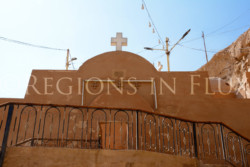
Giorgia Marchiori/Regions in Flux, 2021
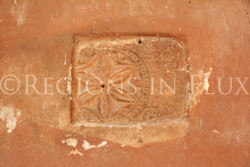
Giorgia Marchiori/Regions in Flux, 2021
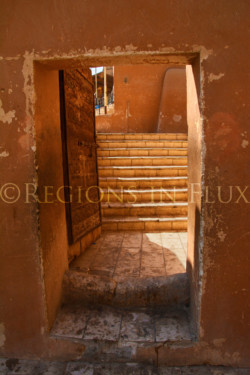
Giorgia Marchiori/Regions in Flux, 2021
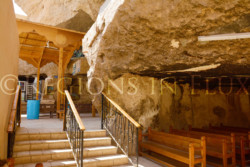
Giorgia Marchiori/Regions in Flux, 2021
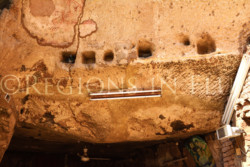
Giorgia Marchiori/Regions in Flux, 2021
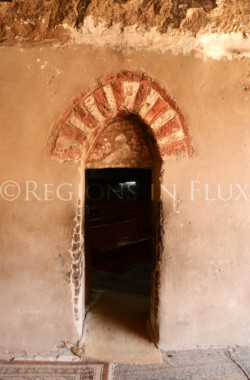
Giorgia Marchiori/Regions in Flux, 2021
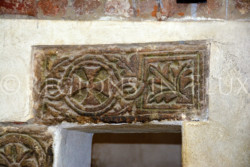
Giorgia Marchiori/Regions in Flux, 2021

Giorgia Marchiori/Regions in Flux, 2021
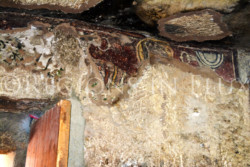
Giorgia Marchiori/Regions in Flux, 2021





